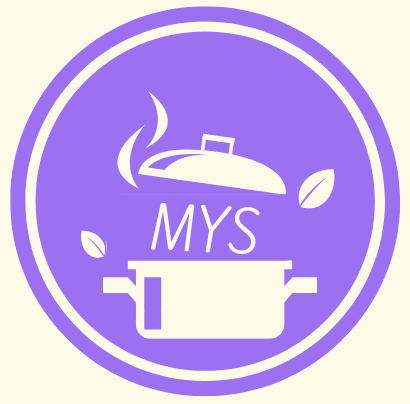1. America’s Complicated Relationship with Food
Americans have developed a love-hate relationship with food, swinging between obsessive consumption of certain nutrients (#proteingoals) and complete avoidance of others, like fats and carbs. Popular diets such as the ketogenic diet, the carnivore diet, and calorie-counting apps reflect this imbalance. These trends often promote extreme dietary habits, with promises of health and weight loss that can sometimes overshadow their actual impact on well-being.
2. The Impact of Restrictive Diets on Health
While these diets claim to improve health, the reality is stark. Chronic diseases such as heart disease and diabetes remain prevalent in the U.S. and are often preventable or reversible through balanced eating. Restrictive diets can lead to a diminished quality of life, contributing to shame, disordered eating patterns, and sometimes even eating disorders. The cycle of deprivation and overindulgence often leaves people feeling physically and mentally drained.
Read More: 7 weird winter fruits that are really good for you
3. Nutrient Deficiencies Amid the Protein Obsession
Despite the focus on protein, many Americans overlook other essential nutrients. Fiber, a critical component of a healthy diet, is often neglected, with over 95% of Americans not meeting their daily requirements. Additionally, deficiencies in nutrients such as iron, vitamin D, and others are widespread, further complicating the nation’s health landscape.
4. Understanding Protein: How Much Do You Really Need?
Protein is an essential nutrient, comprising amino acids vital for building and maintaining our bodies. While necessary for survival, the question arises: how much is enough? Overconsumption of protein has become common, fueled by the belief that more protein always equates to better health.
5. The Recommended Daily Protein Intake
The recommended daily allowance (RDA) for protein is 0.8 grams per kilogram of body weight. For instance, a 200-pound individual should aim for approximately 73 grams of protein daily to avoid deficiency. This standard is designed to meet the needs of 97.5% of the population, ensuring that even those with higher requirements are covered.
6. The Misconception of Being Above Average
Many Americans assume they need more than the RDA due to an “above-average” mindset. However, this perception is often misguided. Even active individuals can usually meet their protein needs without resorting to excessive consumption.
7. Can You Consume Too Much Protein?
Excess protein can strain the kidneys, particularly in individuals with pre-existing conditions. While most people can safely exceed their protein needs, it’s important to understand that unused protein is stored as fat. Moderation remains key, even for this essential nutrient.
8. The Benefits of Protein in Your Diet
Protein is not just necessary for muscle development and overall body function—it also plays a role in weight management. High-protein meals are more satiating than carb-heavy options, keeping you full longer and potentially aiding in weight loss.
9. Protein Cravings and Nutrient Deficiencies
Protein cravings may sometimes signal deficiencies in other nutrients, such as iron. Many protein-rich foods, like red meat, are also excellent sources of iron, while plant-based options like leafy greens provide both iron and fiber. Addressing these deficiencies can lead to better overall health and reduced cravings.
10. The Importance of a Balanced, Varied Diet
The best approach to meeting your nutritional needs is to maintain a diverse, colorful diet that includes vegetables, healthy fats, proteins, and other nutrient-rich foods. By avoiding obsession with any single nutrient, you can achieve a more sustainable and enjoyable relationship with food.
11. Disclaimer: Educational and Informational Purposes Only
This article is intended for educational purposes and should not replace professional medical advice. Always consult a healthcare provider for guidance tailored to your individual health needs.



